Gaza’s centuries of war – a brief history
Gaza, which thrived in antiquity as a trade centre on the Mediterranean coast where Asia meets Africa, has been inhabited for thousands of years and fought over by Egyptian Pharaohs, Babylonians, Philistines, Macedonian Greeks, Romans, Arabs, Mongols, Crusaders, Ottomans and even Napoleon.
Part of an ancient Philistine confederacy of five cities along the coastal plain, it featured in Biblical accounts: the judge Samson was held in captivity there.
Alexander the Great besieged and captured Gaza City, killing the men and enslaving women and children. In Roman times, Christianity spread there and a tiny Christian community in Gaza still exists – its church was damaged during the latest round of hostilities.
Arab armies invaded 1,400 years ago and brought Islam. Gaza was part of the Ottoman Empire for most of the period from the 16th century until 1917, when was it taken by British troops during World War I.
Over the last century Gaza passed from British to Egyptian to Israeli military rule. It is now a fenced-in enclave inhabited by around 2.3 million Palestinians, most of them descendants of refugees.
Here are some of the major milestones in its recent history.
1948 – End of British rule
As British colonial rule came to an end in Palestine in the late 1940s, violence intensified between Jews and Arabs, culminating in war between the newly created State of Israel and its Arab neighbours in May 1948.
The invading Egyptian army seized a narrow coastal strip 25 miles (40 km) long from the Sinai to just south of Ashkelon. Tens of thousands of Palestinians who fled or were driven from Israel sought shelter there, tripling the population to around 200,000.
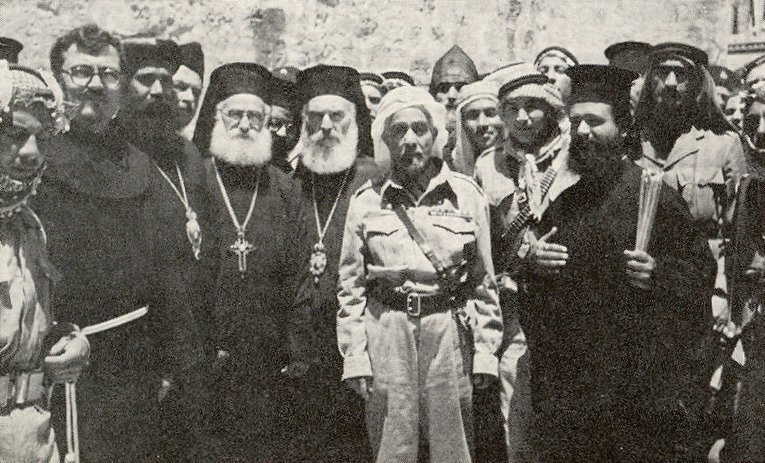
1950s & 1960s – Egyptian military rule
Egypt held the Gaza Strip for two decades under a military governor, letting Palestinians work and study in Egypt. Armed Palestinian leftists “fedayeen,” many of them refugees, mounted attacks into Israel, drawing reprisals.
The United Nations set up a refugee agency, UNRWA, which today provides services for 1.6 million registered Palestine refugees in Gaza, as well as for Palestinians in Jordan, Lebanon, Syria, and the West Bank.
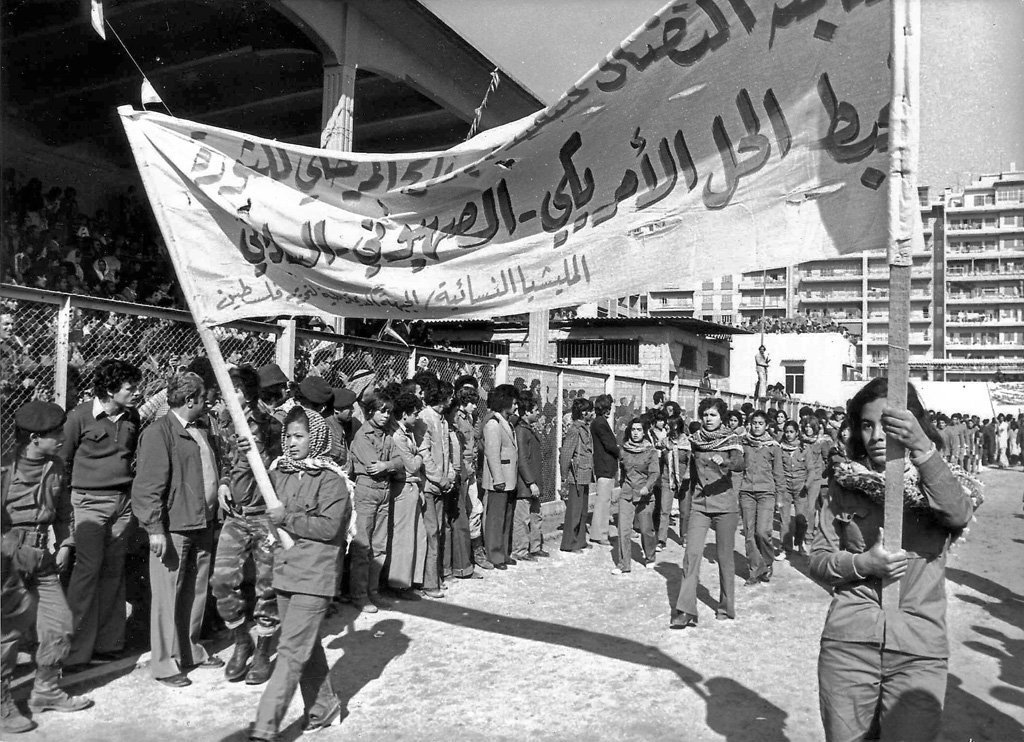
1967 – War and Israeli military occupation
Israel captured the Gaza Strip in the 1967 Middle East war. An Israeli census that year put Gaza’s population at 394,000, at least 60% of them refugees.
With the Egyptians gone, many Gazan workers took jobs in the agriculture, construction and services industries inside Israel, to which they could then gain easy access. Israeli troops remained to administer the territory and guard settlements that Israel built in the following decades.

1987 – First Palestinian uprising. Hamas formed
Twenty years after the 1967 war, Palestinians launched their first intifada, or uprising, after an Israeli truck crashed into a vehicle carrying Palestinian workers in Gaza’s Jabalya refugee camp, killing four. Stone-throwing protests, strikes and shutdowns followed.
Seizing the angry mood, the Egypt-based Muslim Brotherhood created an armed Palestinian branch, Hamas, with its power base in Gaza. Hamas, dedicated to Israel’s destruction and the restoration of Islamic rule, became a rival to Yasser Arafat’s secular Fatah party.
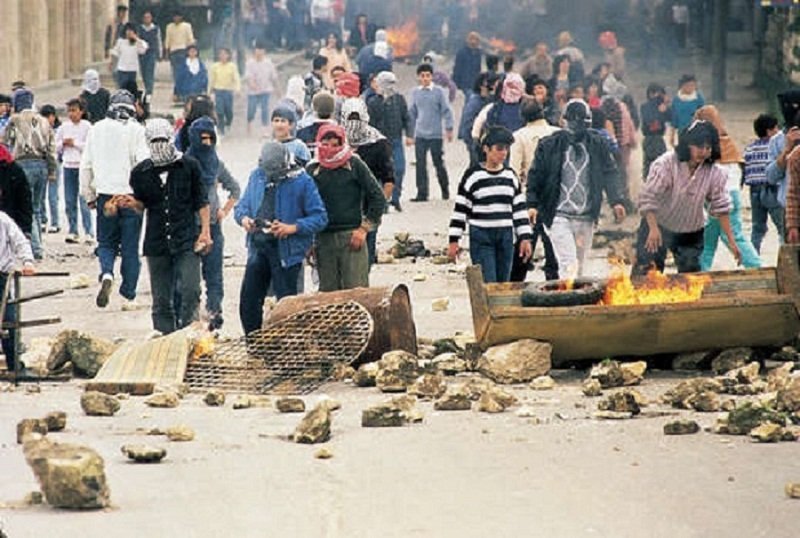
1993 – The Oslo Accords, and Palestinian semi-autonomy
Israel and the Palestinians signed an historic peace accord in 1993 that led to the creation of the Palestinian Authority.
Under the interim deal, Palestinians were first given limited control in Gaza and Jericho in the West Bank. Arafat returned to Gaza after decades in exile.
The Oslo process gave the newly created Palestinian Authority some autonomy, and envisaged statehood after five years. But that never happened. Israel accused the Palestinians of reneging on security agreements, and Palestinians were angered by continued Israeli settlement building.
Hamas and another militant group, Islamic Jihad, carried out bombings to try to derail the peace process, leading Israel to impose more restrictions on movement of Palestinians out of Gaza. Hamas also picked up on growing Palestinian criticisms of corruption, nepotism and economic mismanagement by Arafat’s inner circle.

2000 – Second Palestinian intifada
In 2000, Israeli-Palestinian relations sank to a new low with the outbreak of the second Palestinian intifada. It ushered in a period of suicide bombings and shooting attacks by Palestinians, and Israeli air strikes, demolitions, no-go zones and curfews.
One casualty was Gaza International Airport, opened in 1998. A symbol of thwarted Palestinian hopes for economic independence, it was deemed a security threat by Israel, which destroyed its radar antenna and runway a few months after the Sept. 11, 2001 attacks on the United States.
Another casualty was Gaza’s fishing industry, a source of income for tens of thousands. Gaza’s fishing zone was reduced by Israel, citing a need to stop boats smuggling weapons.
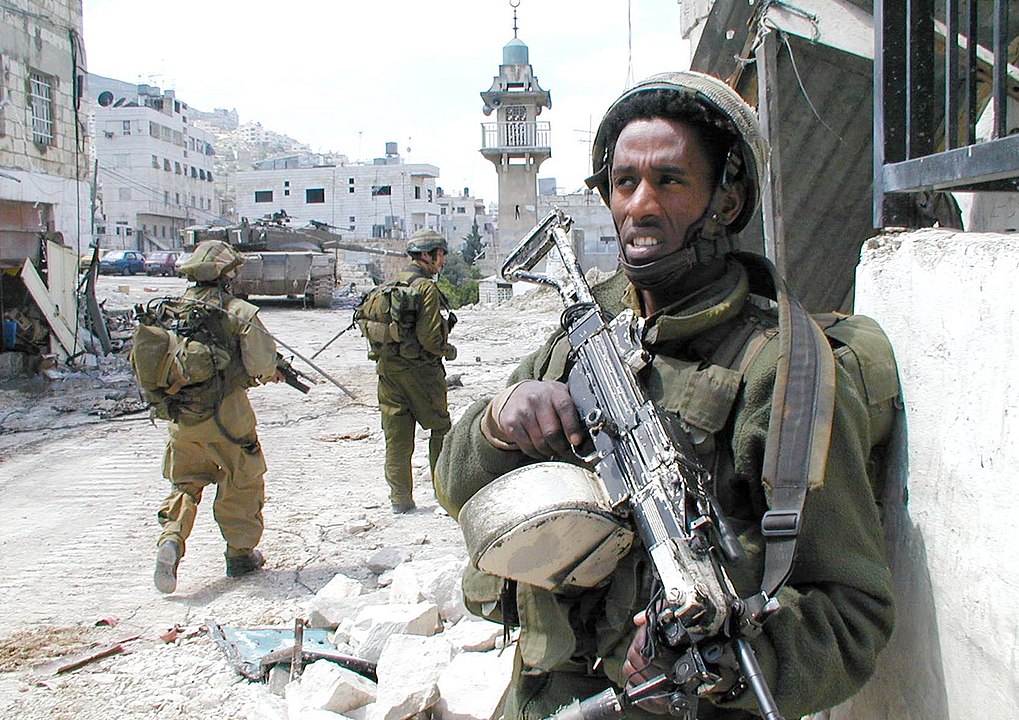
2005 – Israel evacuates its Gaza settlements
In August 2005 Israel evacuated all its troops and settlers from Gaza, by then completely fenced off from the outside world.
Palestinians tore down the abandoned buildings and infrastructure for scrap. The settlements’ removal led to greater freedom of movement within Gaza, and a “tunnel economy” boomed as armed groups, smugglers and entrepreneurs quickly dug scores of tunnels into Egypt.
But the pullout also removed settlement factories, greenhouses and workshops that had employed some Gazans.
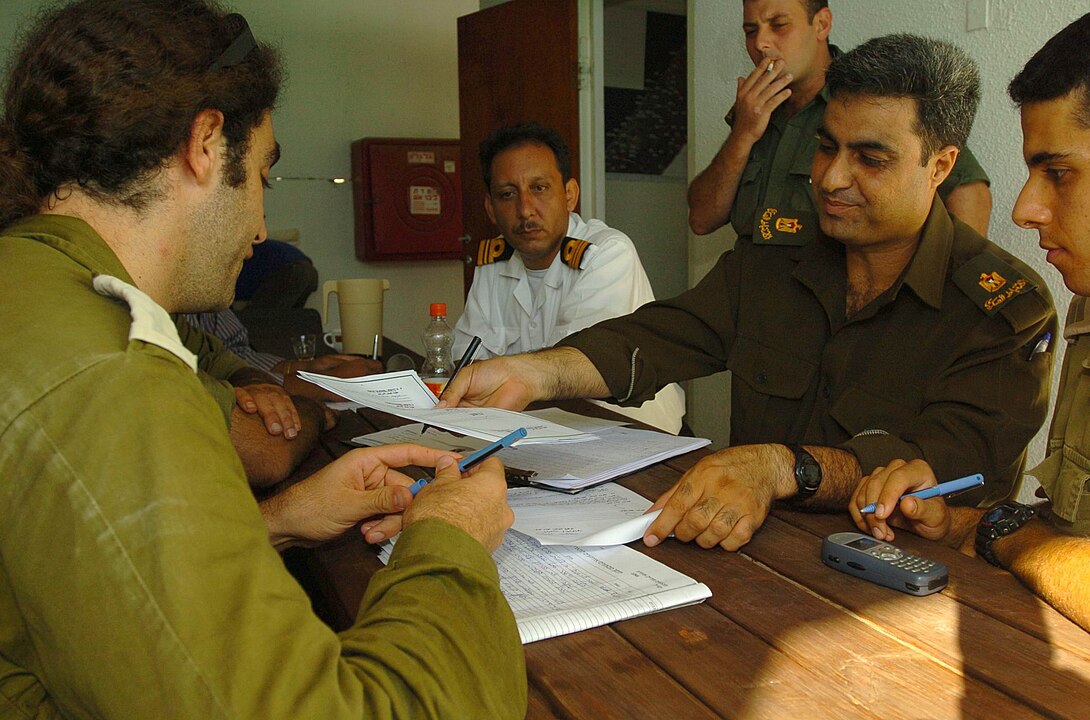
2006 – Isolation under Hamas
In 2006, Hamas scored a surprise victory in Palestinian parliamentary elections and then seized full control of Gaza, overthrowing forces loyal to Arafat’s successor, President Mahmoud Abbas.
Much of the international community cut aid to the Palestinians in Hamas-controlled areas, regarding Hamas as a terrorist organization.
Israel stopped tens of thousands of Palestinian workers from entering, cutting off an important source of income.
Citing security concerns, Israel and Egypt imposed tighter restrictions on the movement of people and goods through the Gaza crossings. Israeli air strikes crippled Gaza’s only power plant.
Ambitious Hamas plans to refocus Gaza’s economy east, away from Israel, foundered. Viewing Hamas as a threat, Egypt’s military-backed leader Abdel Fattah al-Sisi closed the border with Gaza and blew up most of the tunnels. Once again isolated, Gaza’s economy went into reverse.
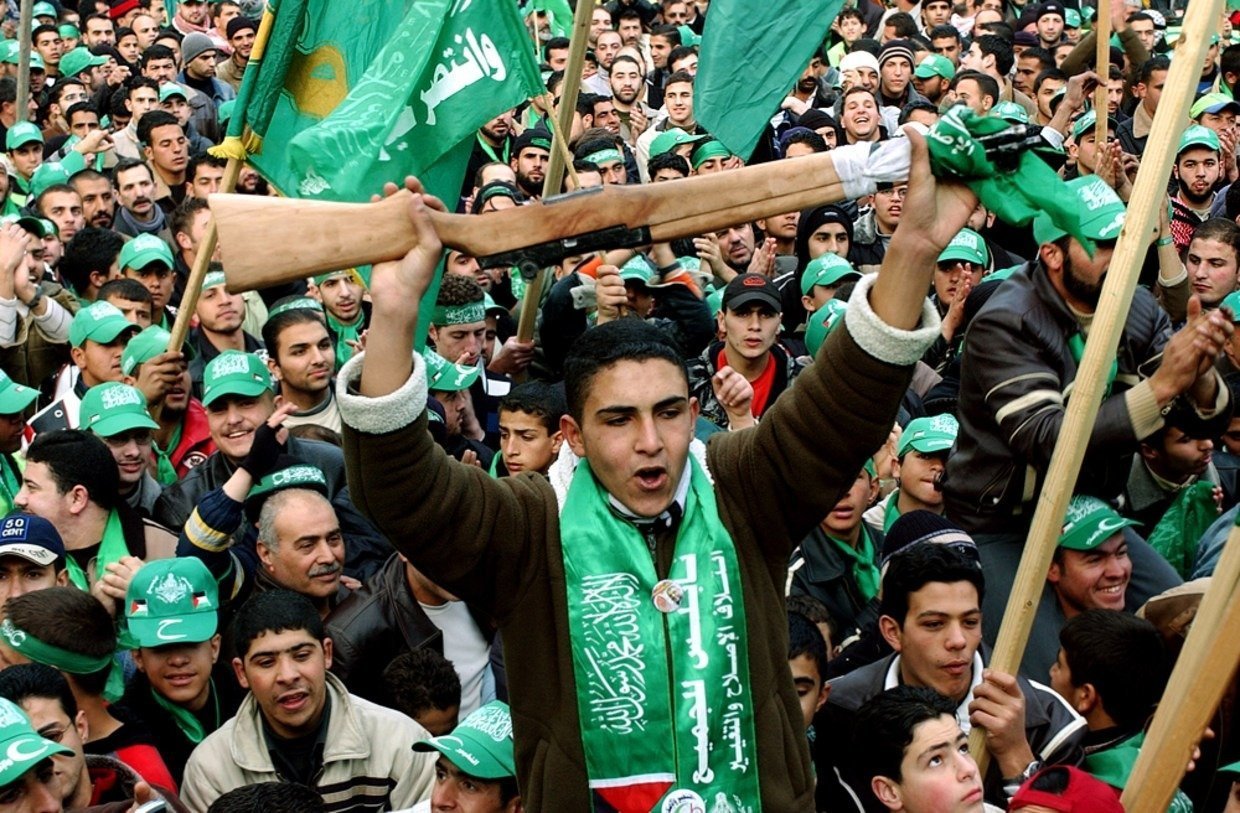
Conflict cycle
Gaza’s economy has suffered repeatedly in the cycle of conflict, attack and retaliation between Israel and Palestinian militant groups.
Some of the worst fighting was in 2014, when Hamas and other groups launched rockets at heartland cities in Israel. Israel carried out air strikes and artillery bombardment that devastated Gaza neighbourhoods. More than 2,100 Palestinians were killed, mostly civilians. Israel put the number of its dead at 67 soldiers and six civilians.
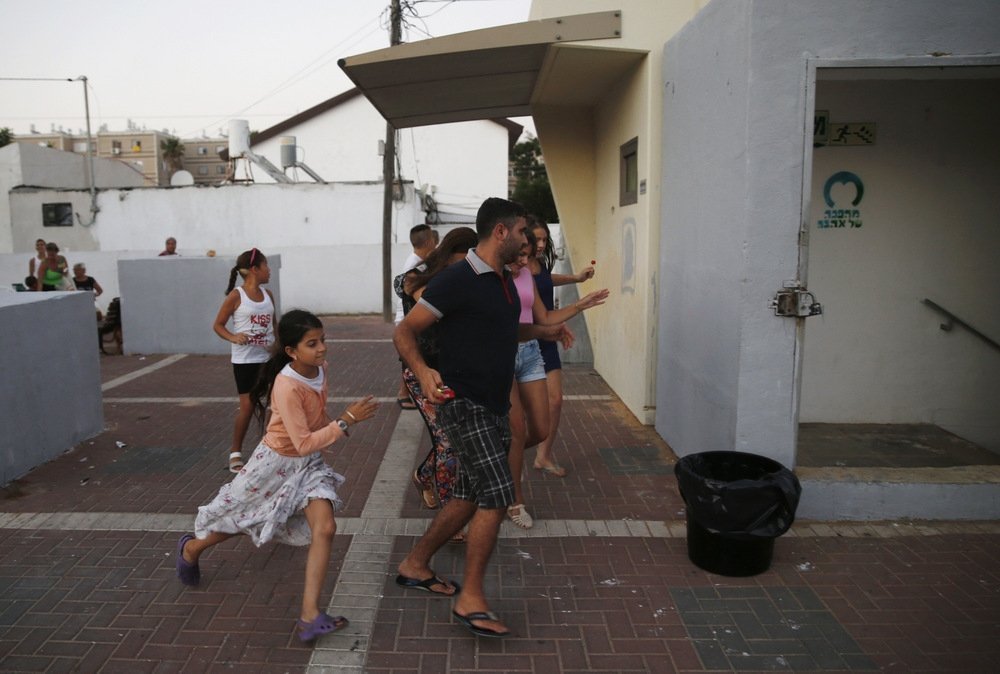
2023 – Surprise attack
While Israel was led to believe it was containing a war-weary Hamas by providing economic incentives to Gazan workers, the group’s fighters were being trained and drilled in secret.
On Oct.7, Hamas gunmen launched a surprise attack on Israel, rampaging through towns, killing 1,400 people, mainly civilians, and taking more than 200 hostages back to Gaza, according to Israeli figures. Israel vowed to destroy Hamas, imposing a full siege on Gaza and hammering it with air strikes. Medical authorities in Hamas-run Gaza say more than 8,300 people have been killed, including more than 3,400 minors.
Israeli troops backed by tanks pressed into the Palestinian enclave with a ground assault, expecting to meet opposition from Hamas and other Palestinian militants dug into a network of hundreds of kilometres of tunnels underneath Gaza.
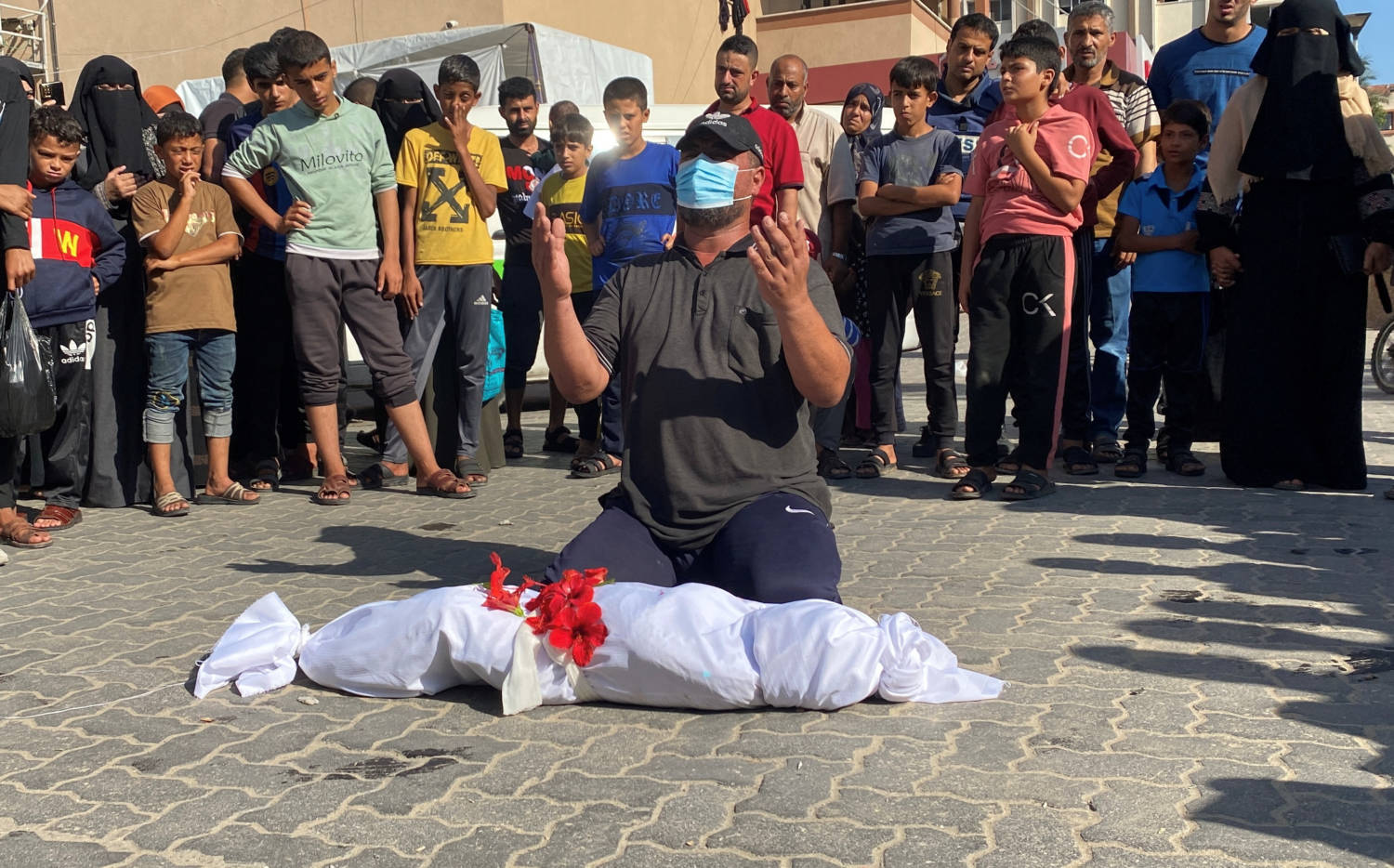
(Reuters)


.jpeg)







No comments
Thanks for viewing, your comments are appreciated.
Disclaimer: Comments on this blog are NOT posted by Olomoinfo, Readers are SOLELY responsible for their comments.
Need to contact us for gossips, news reports, adverts or anything?
Email us on; olomoinfo@gmail.com